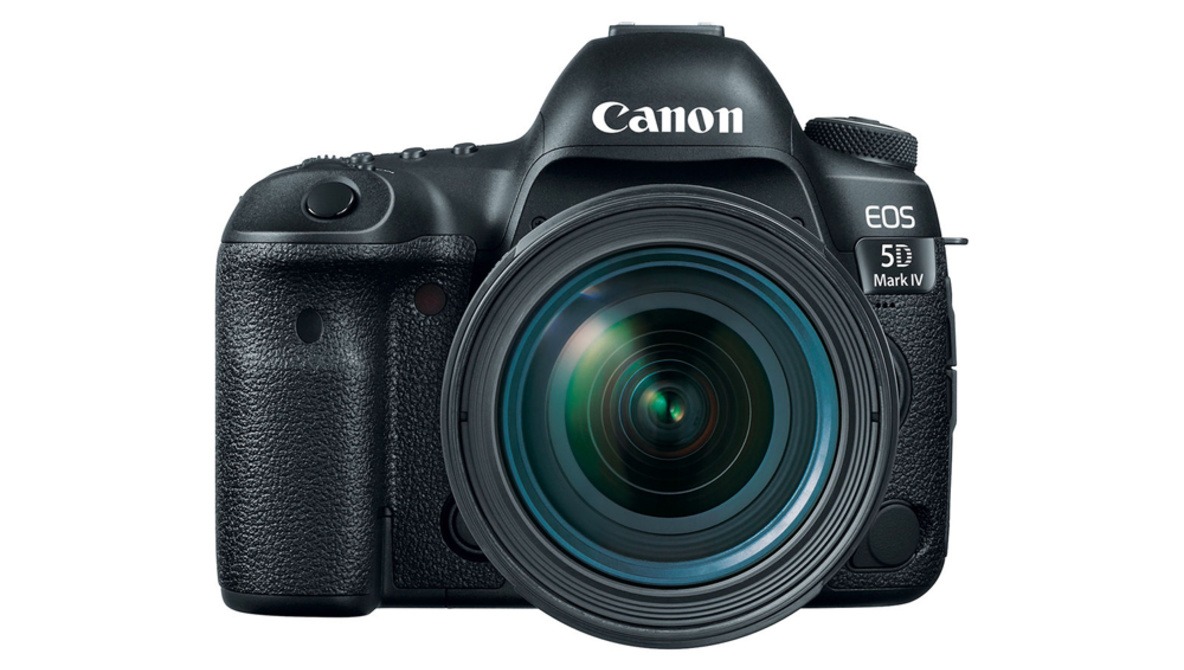There's no doubt that the future of the photography industry is mirrorless, but that's certainly not going to be an overnight transition, and just when each manufacturer is going to stop manufacturing DSLRs isn't clear. It appears Canon will release at least one more generation of their professional DSLRs.
Canon Rumors is reporting that Canon will likely announce an update to the 1D X Mark II in late 2019 and that the 5D Mark IV will too get another update (though it's not clear when) before that series goes mirrorless. Canon's thinking seems to be that both lines are coming due for an upgrade (both having been released in 2016) and that their current mirrorless technology is not of a level that would warrant it replacing those DSLRs (particularly the 1D line). We were big fans of the 1D X Mark II in our review, and it's still a highly capable and refined camera that any mirrorless camera seeking to replace it would have to live up to and surpass. Seeing as the EOS R has been met with very mixed reviews, it's probably a wise decision to give that line time to mature before they replace their top DSLRs.
Head over to Canon Rumors for the full story.







I bought a Panny GH2 when they were first released. I love mirrorless and immediately saw the potential to replace DSLRs. However I am not trading in my Nikon D800e yet and will upgrade to a D850 before going mirrorless. Electronic viewfinders have come a long way. They do have advantages. For example zooming in through the eyepiece. Also they can enhance an image in low light and make the viewfinder image brighter and easier to see than in real life. However I like shooting in winter. The liquid crystal displays would slow down in sub zero weather and eventually stop refreshing. Whereas so long as I can keep swapping batteries to keep shooting in cold weather, once the electronic displays slow down it became impossible to frame my compositions or focus. I will eagerly await till EVF are on par with optical viewfinders in all conditions. We aren't there yet.